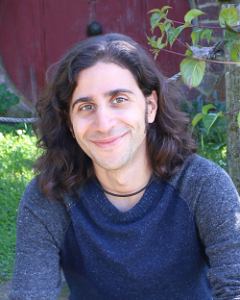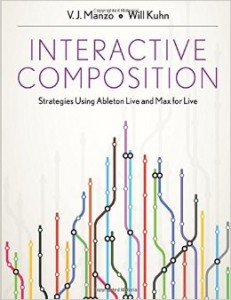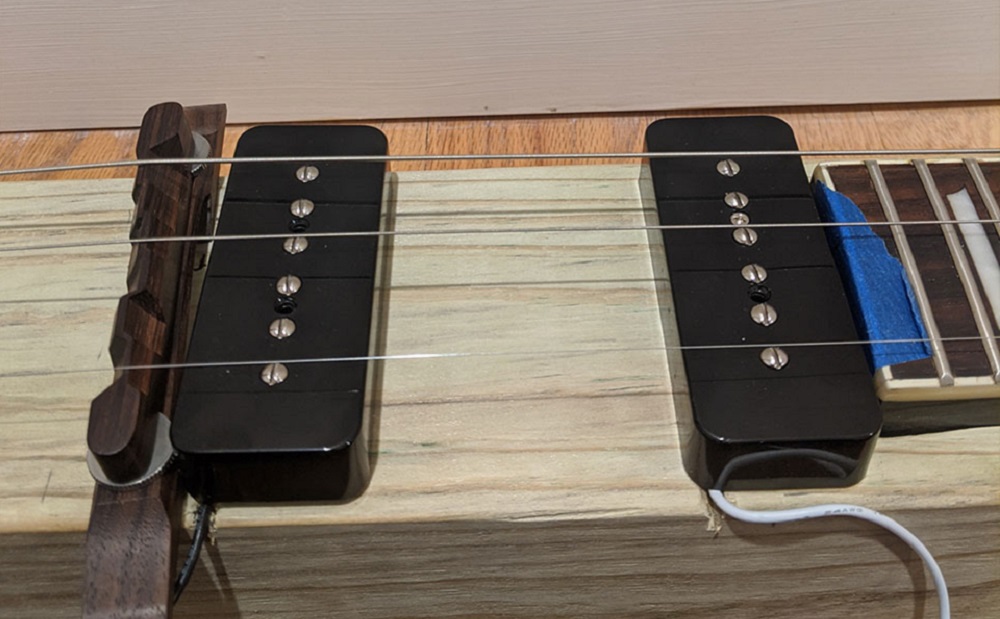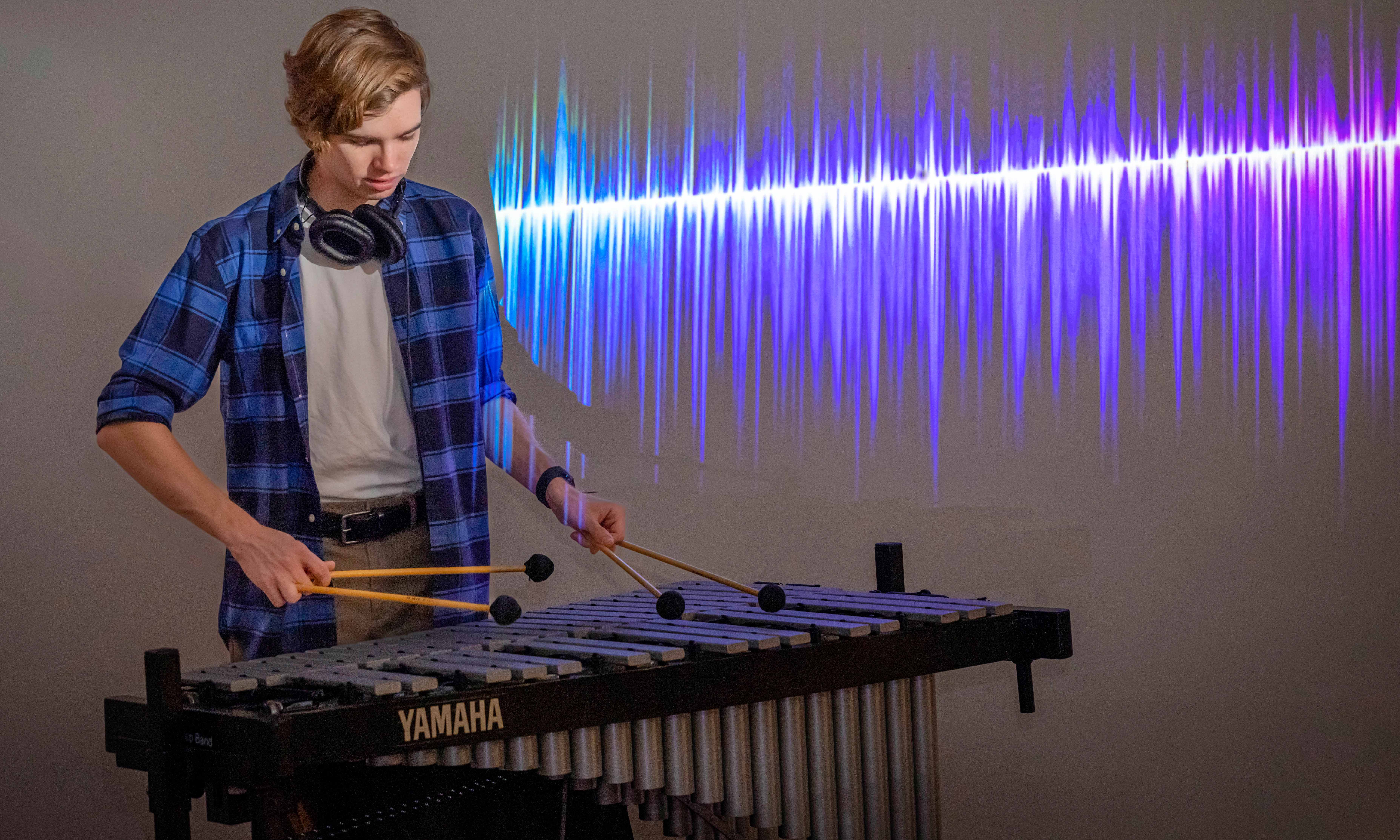The book’s title has a uniquely “21st Century-techie” sound to its name. It’s called Interactive Composition: Strategies Using Ableton Live and Max for Live. It was written by V.J. Manzo and Will Kuhn. Manzo is a critically acclaimed guitarist and WPI professor in the Humanities and Arts department. Kuhn is a classically trained percussionist and respected educator in the world of music technology. Together they have created a work their publishers describe as one that “empowers readers with all of the practical skills and insights they need to compose and perform electronic popular music in a variety of popular styles.”
 The book began as an offshoot of Manzo’s first book, Max/MSP/Jitter for Music(Oxford University Press, 2011). “That book dealt with programming of interactive music systems for music composition, performance, and education,” he says. “This book is all about implementing those methods and techniques in a variety of styles.”
The book began as an offshoot of Manzo’s first book, Max/MSP/Jitter for Music(Oxford University Press, 2011). “That book dealt with programming of interactive music systems for music composition, performance, and education,” he says. “This book is all about implementing those methods and techniques in a variety of styles.”
In speaking of his co-author, Manzo says, “Will Kuhn and I discuss a variety of musical genres such as classical, rock, dubstep, and so on, discuss some of the key artists and works in these genres, and explain, in a friendly step-by-step guide how to create interactive compositions in this style. It’s something both Will and I have been doing with our students for a while, and now it’s available in a text book with many examples that students and others can use as models for their own creative technology-based compositions.”
The publisher states: “The book begins by introducing all the tools involved in creating interactive compositions through the software Ableton Live and Max for Live. … As readers progress through the book, they will learn to use the software to facilitate their own unique compositional objectives.”
Manzo adds to that by saying, “the book assesses many of those tools and techniques and explains the theoretical underpinnings of how they work, cites examples of specific artists and their works, and deconstructs those works into steps that music students can understand and build from.
 The publisher also points out that each chapter leads readers to create an original composition in a given style, and also discusses the techniques that can be used to perform the piece in an idiomatic fashion.
The publisher also points out that each chapter leads readers to create an original composition in a given style, and also discusses the techniques that can be used to perform the piece in an idiomatic fashion.
Speaking of the distinction between himself and his fellow collaborator, Manzo says, “Will is more interested in what I would call ‘club’ electronic music like House, Hip Hop, Trance, DubStep, and so on. I’m more interested in Electro-acoustic, Rock, Pop, and Classical music. Together, the book covers a huge gamut of styles all connected through a common thread: using technology to facilitate creative musical compositions.”
When asked what he learned in the writing of this book, Manzo answers: “Writing a book like this one is exciting and challenging because you’re eager to share your rock-solid ideas for creative tech-based musical expression, but at the same time, you don’t want to dictate to the reader what they should or must do.
“Being able to draw on works from a variety of artists in a particular style has helped me speak about musical genres in terms of the types of concepts and ideas one might employ in that particular style instead of saying, ‘play this note, now play this note.’”
In explaining what the essential understanding that he would like readers to take away from reading this book, Manzo says, “Technology makes it really easy for anyone to create uninteresting music. However, music technology can offer accessibility with regard to music-making activities that traditional acoustic instruments and methods cannot. Coupled with an education in traditional aspects of music theory, counterpoint, and ear-training, an understanding of the functions and inner workings of various technologies can help facilitate a multitude of creative musical objectives.”
Will this book be required reading in Manzo’s classes?
“Oxford University Press is kind enough to allow me to reproduce excerpts of this book to students in my courses without a fee,” he says. “Copies are available in the library, but those who enroll in my course typically get a good dose of this and my other books and the various examples.”
– BY DAVID SNEADE


